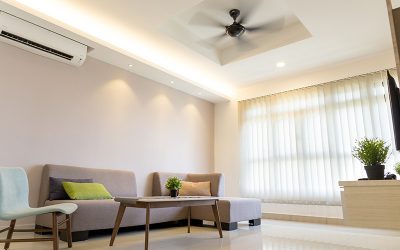Q. The Temperature is too cold in the living room and too warm in the kitchen. What do I do?
A. You may need an air balance or a zoning system. We’d be happy to provide you with the information, and a proposal.
Q. What causes my supply air registers to be dirty?
A. Maybe your filters are plugged or even worse – missing.
Q. Why are my gas bills higher than I think they should be?
A. Maybe your heating system is in dire need of fine-tuning. There are several ways to make your system run more efficiently without compromising on comfort.
Q. My equipment is BRAND-new, is there anything that still needs to be done?
A. It still needs fine-tuning done on a seasonal basis to stay energy efficient. Filters get dirty, dampers need oiling, belts need changing.
Q. What routine maintenance do I need help with?
A. To get the most performance and longest life from your system, it’s a good idea to have a professional perform routine checks in the spring and in the fall.
- Spring maintenance
In the spring, your dealer will typically check a heat pump or air conditioner for all or some of the following: operating pressures, refrigerant charge, filter condition, compressor, fan motor, capacitors, belts, crankcase heaters, coil cleaning, lubrication of moving parts. - Fall maintenance
In the fall, you can expect a dealer to check your furnace in the following areas: burner and pilot assemblies, cracks in the heat exchanger, check the pilot thermocouple, examine the filter and check vent piping, test the electronic ignition, test the fan, test the limit switch, burner adjustments, measure manifold gas pressure, measure temperature rise, carbon monoxide test, set the heat anticipator, check and adjust belt tension, examine the draft diverter, lubricate the fan motor.
Q. How can I save money on my energy bills?
A. Saving money on your energy bills will depend on four major factors:
energy efficiency of your system, managing system operation, simple system maintenance, age & condition of your home.
- Energy efficiency of your system
One of the easiest ways to save money on your energy bills is to buy a high efficiency heating and cooling system. Keep in mind even the lowest efficiency systems currently allowed by the Canadian Government will almost always cost less to operate than a system installed ten years ago. Most manufacturers offer higher efficiency models which will add to your savings on monthly utility bills. Typically, higher efficiency systems will cost more initially, so it’s important to look for the right balance between first cost and long-term savings. - Managing system operation
No matter how efficient your system is, the way you manage system operation can affect your heating and cooling costs. Naturally, you want to feel comfortable when you’re home. By remembering to “set back” the temperature on your system’s thermostat during times when you don’t really need as much comfort, you can save significantly on your monthly utility bill. This type of temperature control can be done automatically with a programmable thermostat. Zoning systems can provide even greater efficiency and comfort by dividing the home into comfort “zones” and providing differing temperatures for each zone. - Simple system maintenance
One of the keys to energy savings is keeping your system operating at its best. Two simple ways you can help maintain your system are: change furnace or fan coil filter frequently, clean indoor and outdoor coils, also, most dealers offer a regular clean & check service that can help keep your system operating efficiently. This service helps detect potential problems before they become an emergency. - Age and condition of your home
For a variety of reasons, newer homes are more energy efficient than older ones. They are built to keep conditioned air inside so you are not paying to heat and cool air that easily finds its way out of your home. As a home gets older, settling will cause some of that air-tight construction to loosen up. Regardless of your home’s age, you can do some simple maintenance to help keep the conditioned air inside, where it belongs. Be sure your home is adequately insulated. Adding insulation to attic areas is usually pretty easy. Other areas, such as outside walls, provide a more challenging project if extra insulation is needed. Check the seals around windows, doors, electrical outlets or any other potential sources for escaping air. Seal these areas using a good quality caulk, and be sure to re-examine your handiwork every few years. Inside your home, weather stripping around moving parts of windows and doors can help seal off potential areas of leakage or drafts.
Storm doors and windows can provide additional energy savings by preventing air loss and by creating an insulating layer of air.



